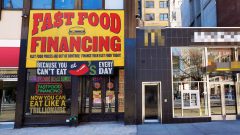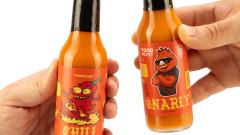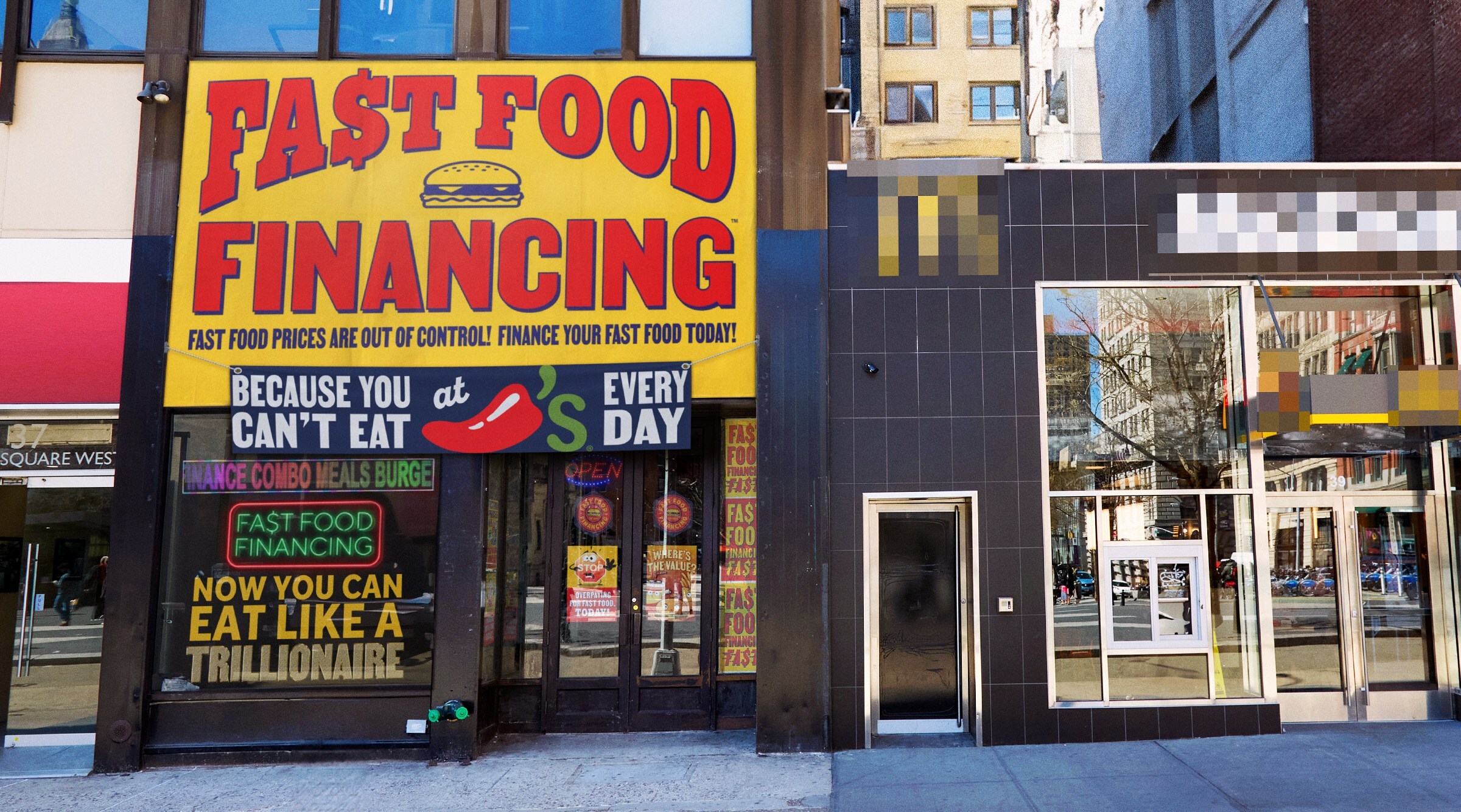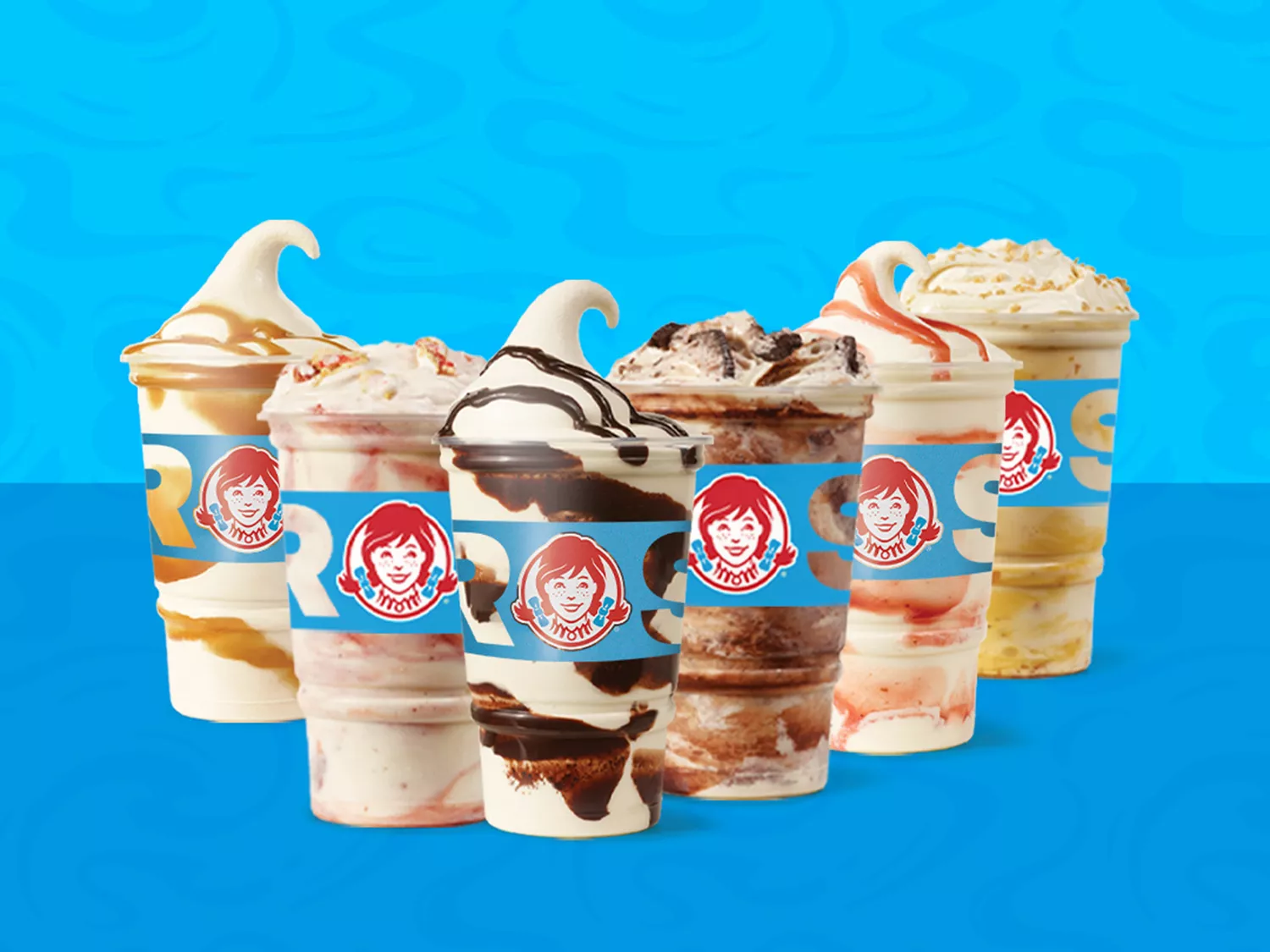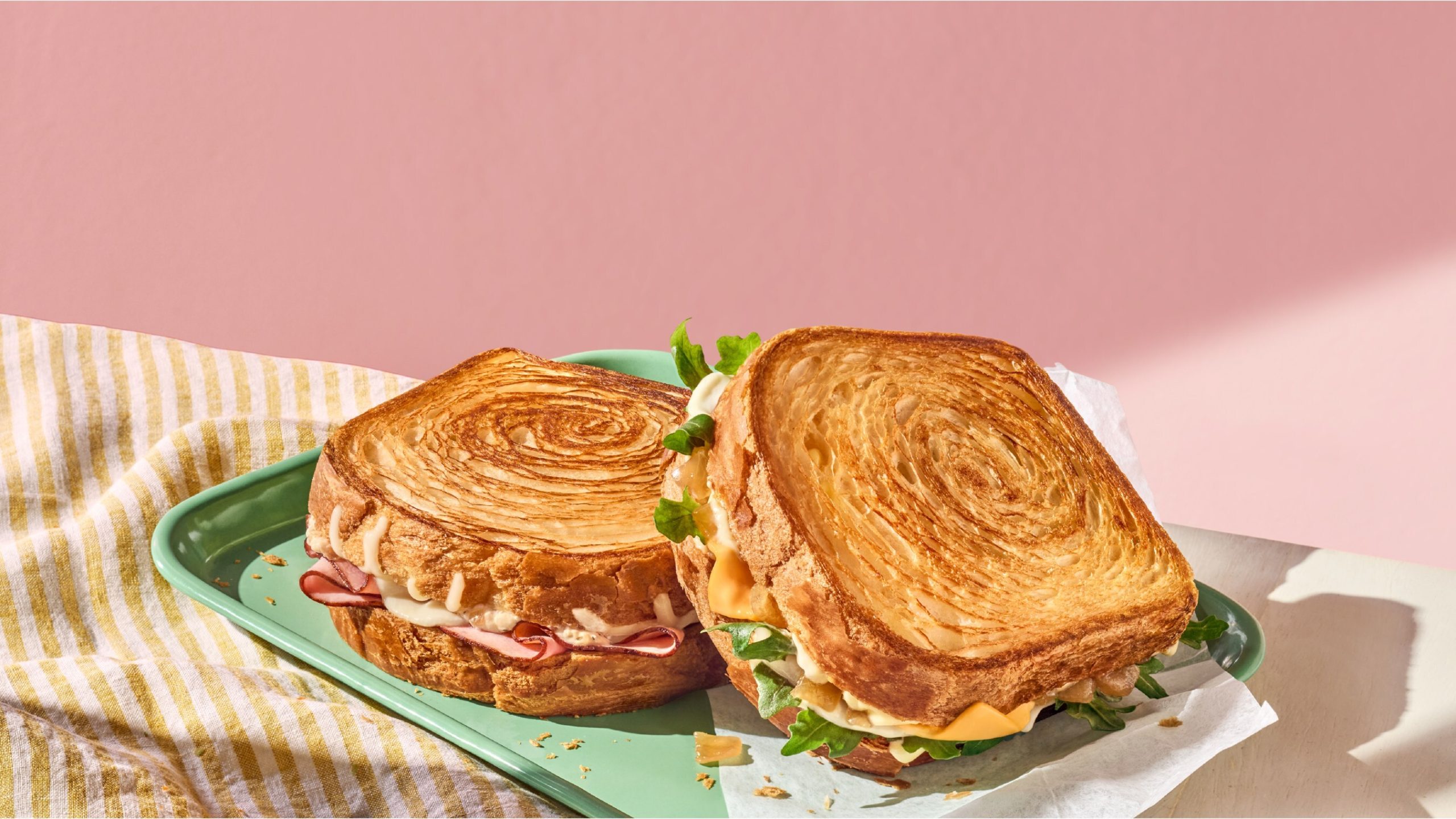A Year Past Hurricane Maria, Some Puerto Rican Relief Efforts Center Around Experiencing Their Cuisine
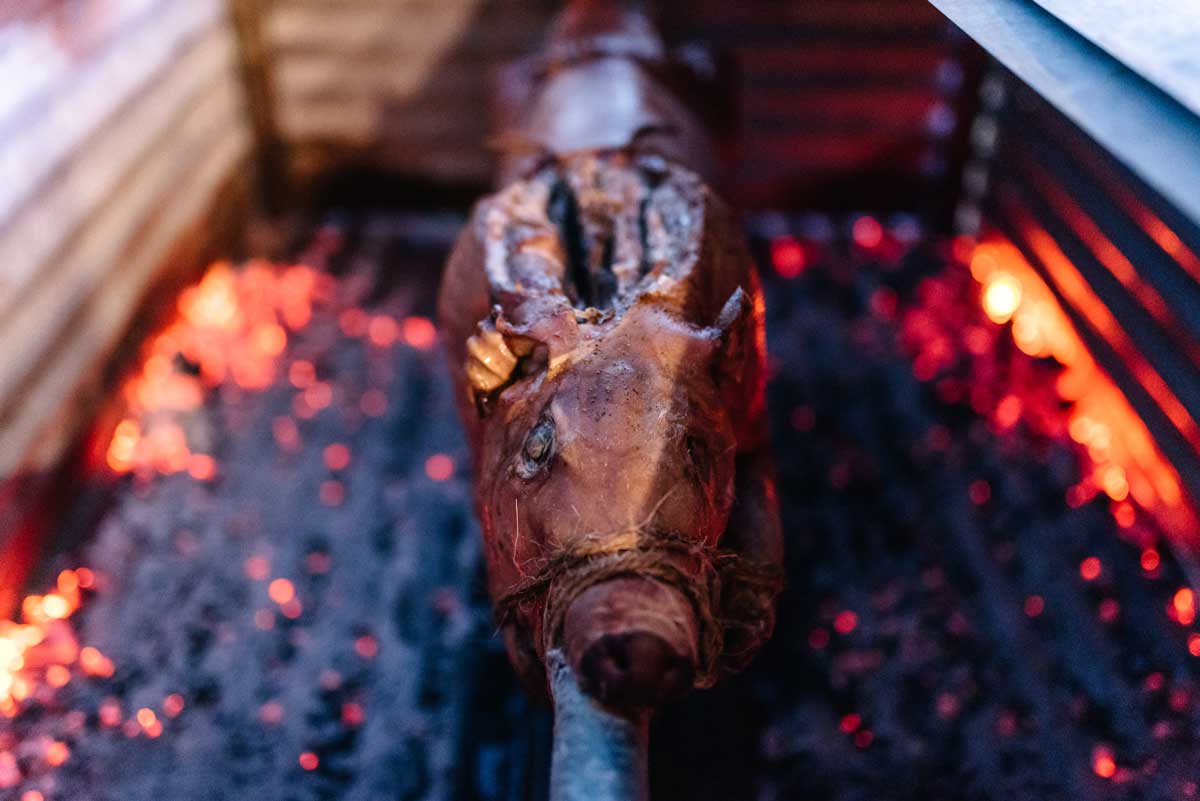
Plantains. That was the first image that came to mind when I heard the words “Puerto Rico,” followed closely by all-you-can-drink mojitos, tan butts, and an overwhelming sense of guilt at the mere idea of wanting these things in the post-Hurricane Maria climate. So when Bacardí invited me down to take a first-hand look at the crisis intervention and relief efforts happening in San Juan, I figured it would equally satisfy the appetites of the both the angel and the devil on my shoulders.
With Bacardí operating as the beating heart of San Juan — or, at least, its pacemaker — the liquor company’s sustainability efforts are impressive from all angles. An unused aging warehouse was converted into a Stop-and-Go Community Relief Center, where local residents could come for food, water, medical care, and uplifting activities such as movies. Then there’s the partnership with Lonely Whale, called “The Future Doesn’t Suck,” which seeks to eliminate one billion straws worldwide by 2020. I was horrified to see just how much plastic was scattered on a small patch of sand in Piñones, where our group donned workers’ gloves on shaky hangover hands and picked up garbage. When you consider how central beaches are as a respite to recovering locals and incentive for visiting tourists, the initiative seems doubly as important.

There are also more specialized relief efforts being championed by extended members of the Bacardi family, based on their individual skill sets. Puerto Rican-born, internationally-acclaimed chef Manolo Lopez — who cooked one of the best meals of my life — flew back to San Juan immediately after Maria to feed two to three thousand people a day on-site. He also decided to pivot his Instagram platform from promotion of his various businesses to calls to action.
“We knew that once the media stopped talking about the disaster, we’d be invisible again,” he says. Almost a year a later, he laments that the time has come.
“90% of food is still brought into Puerto Rico. There are still people on the island with no power and no water. Their roofs are completely open, and they’re taking showers and washing clothes outside.”

So, how can we North Americans do our part?
“Right now, it’s not about donating to these big funds, like Red Cross,” Manolo continues. “Visit the island. The culture is so rich, the food is amazing, the people are so warm. Come down here and just do it — it’s the best way possible.”
He wasn’t the only one who thought so. Utilizing my world-revered (not) Spanglish skills, I broke away from the group and asked everyone who looked in my direction how I, or any foreigner, could ACTUALLY help. From headshop owners to Uber drivers, local restaurant managers to international brand ambassadors, the consensus was the same: visit. Cast aside your fear of the unknown, of places deemed “unruly” and “unsafe,” and come put your money where your mouth is. Eat, drink, and shop at small businesses.
And as for me, they all insisted, do not dwell on the devastation, because everyone already knows what went down. Instead, write about the Puerto Rico that lifts its people up — the passionate, soulful community I got to experience with all my senses.

